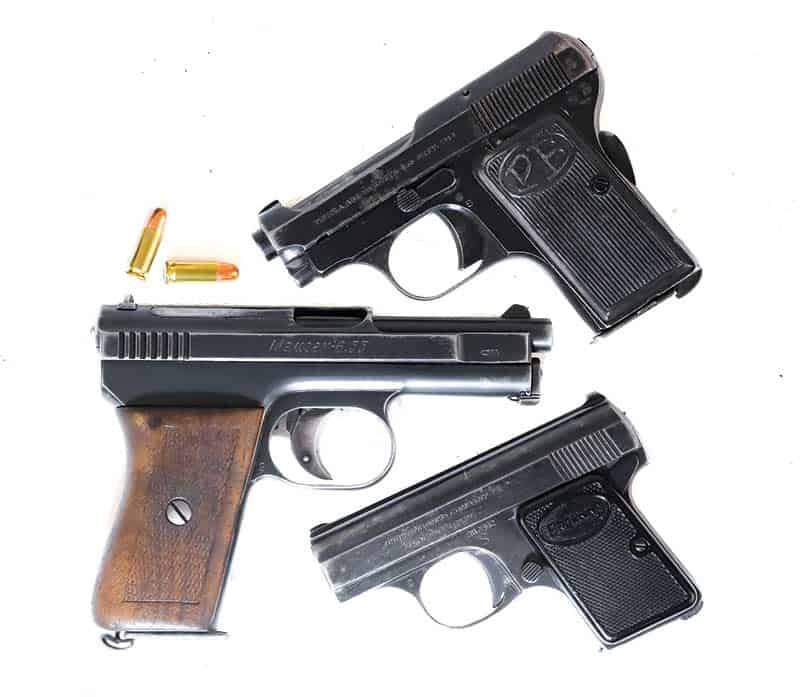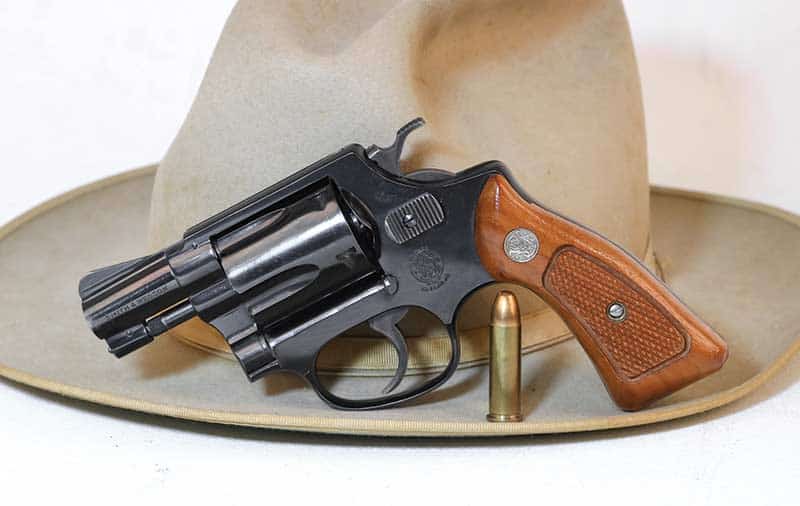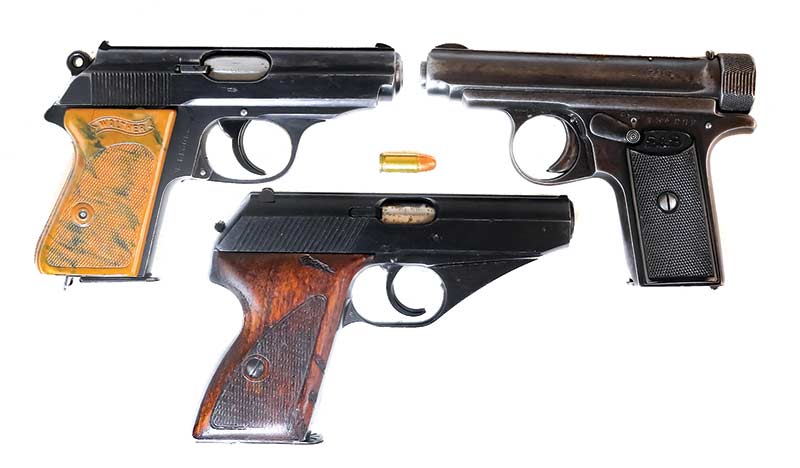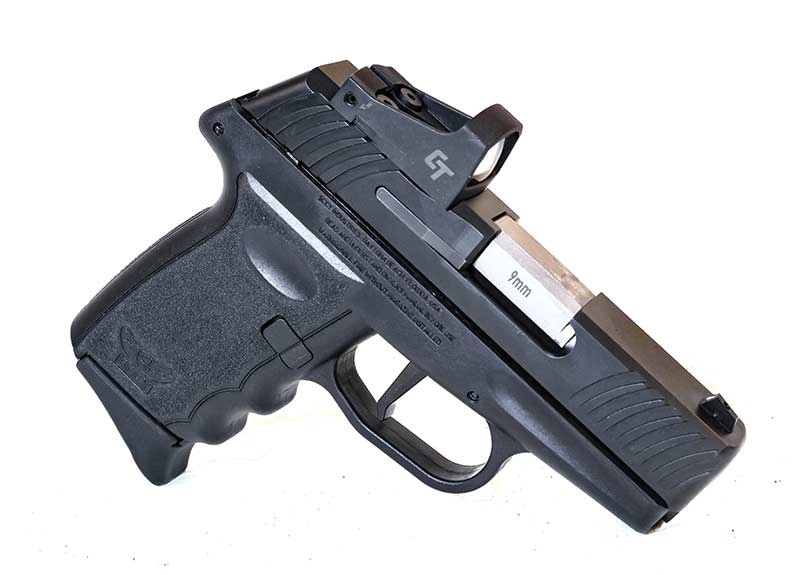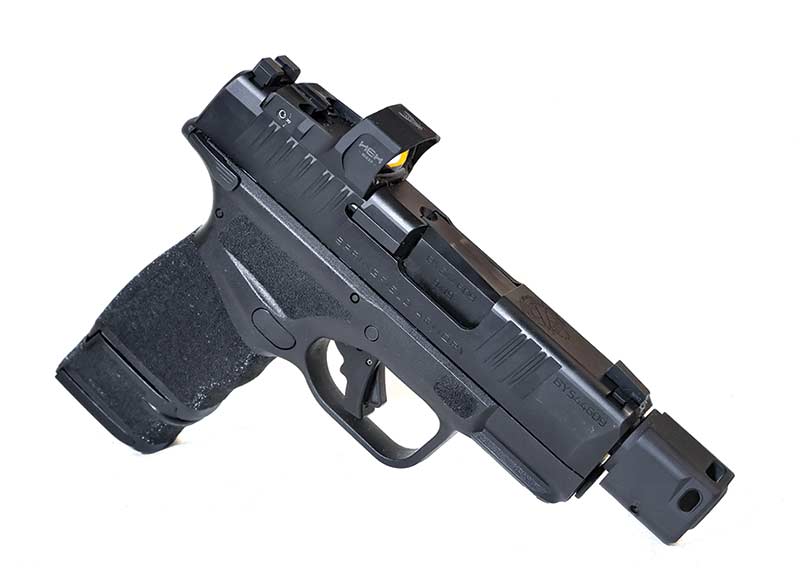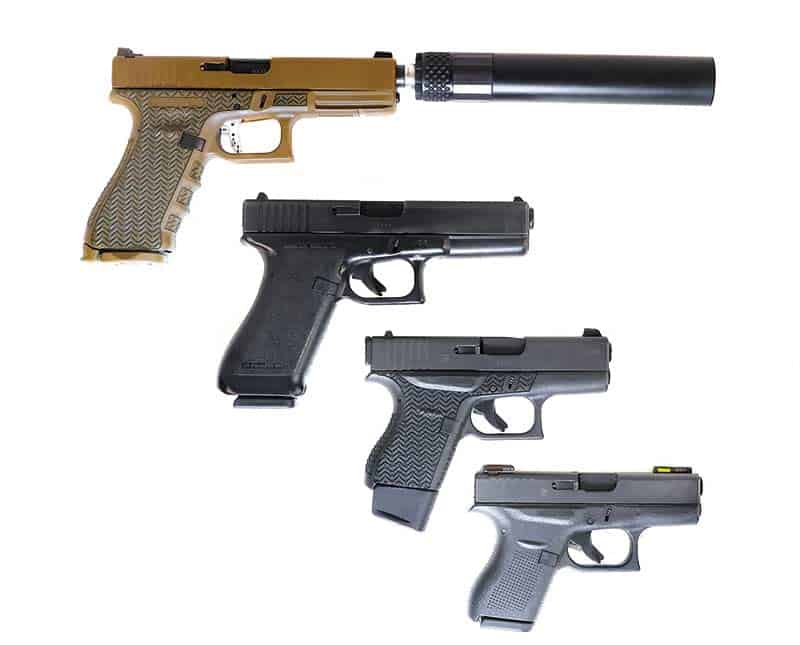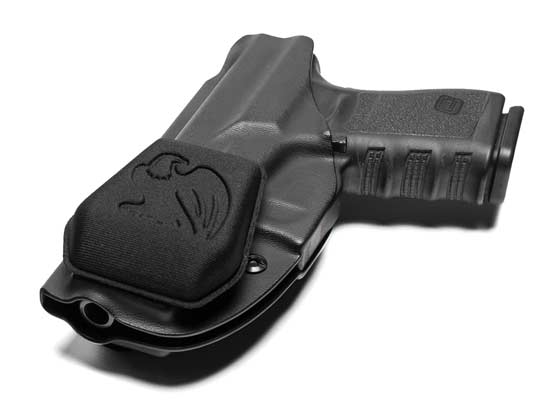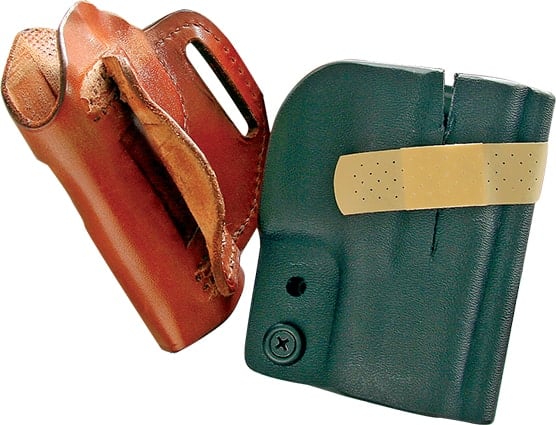The Theory Of Evolution By Natural Selection
Concealed Carry Through The Ages
It is breathtaking to imagine how far technology has progressed over the past century or so. My grandfather told me when his father bought a car with electric lights everybody in town came over to watch him turn them on and off. Prior to that time, the state of the art was carbide lamps having to be ignited manually. Before my grandfather died, he had flown on a 747 to Hawaii. How his eyes lit up when he told me of the explosive advances in technology that had occurred during his lifetime. It turns out, in retrospect, things were really just getting started.
The technology curve is becoming asymptotic. This means the farther along we go, the steeper the curve becomes. Now this deep into the Information Age technology builds on itself. It feels like we are approaching something truly epic. Hopefully, it will look more like Star Trek than The Terminator.
Advances in microelectronics are always heralded as the yardstick. Gordon Moore, the co-founder of Fairchild Semiconductor and Intel, the microchip company, proposed back in 1965 the number of transistors in a dense integrated circuit (IC) doubles about every two years. This prediction has been borne out historically and has come to be referred to as Moore’s Law. This relationship is less a law and more an observation and a subsequent projection of a historical trend.
However, you can see evidence of similar explosive technological growth in other fields as well — like concealed carry guns.
Origin Story
In the mid-19th century, the state of the art was a compact version of the behemoth Colt Walker revolver. Samuel Colt produced his diminutive .31-caliber Model 1849 cap-and-ball pocket pistol to address the concealed carry mission, but these weapons were underpowered, slow to load and sensitive to the elements. With the turn of the century came tremendous advances in both engineering and the manufacturing arts. This brought with it a veritable cornucopia of marginally effective concealable firearms.
Europe was awash in the things. Names like Browning, Mauser, Fabrique Nationale and Sauer all snatched up a piece of the market. Back then, there were few, if any, rules about carrying weapons. Well-heeled travelers moved from continent to continent across international borders, packing heat as they went. In most cases, it would have been unimaginable to have done otherwise. However, with advances in technology came a plethora of new rules as well.
Back on our side of the pond, Savage and Colt were churning out autoloaders while Iver Johnson and its subsidiary, the U.S. Revolver Company, produced wheelguns by the zillions. All of these weapons were relatively underpowered and ineffective, particularly firing full-metal jacketed or hard lead cast bullets. However, they laid the foundation for greater things to come.
That Wonderful Wheelgun
Horace Smith and Daniel B. Wesson formed the Volcanic Repeating Arms Company in 1855 to exploit Walter Hunt’s Rocket Ball ammunition and the novel lever-action rifles that fired it. The Rocket Ball was a rudimentary caseless round. Imagine a Minie Ball with a powder charge stuffed in the base and a consumable primer. The Rocket Ball was underpowered and unreliable, but it was a solid start.
After a fair amount of angst and subterfuge involving such personalities as Samuel Colt and Oliver Winchester, S&W hit the new century as a world leader in revolver production. World Wars I and II came and went, and with them arose periods of simply breathtaking economic prosperity. However, in the late 1940s with military contracts dried up and gone, S&W had to find a way to keep itself relevant. That relevancy was made starkly manifest in 1950 with the extraordinary Model 36 Chief’s Special.
The name was the result of a survey taken at the International Association of Chiefs of Police convention in 1950. This tidy little 5-shot revolver was available with either a 2″ or 3″ barrel firing the spunky .38 Special round. American lawmen and civilian shooters couldn’t get enough. The Model 36 has been through several evolutionary changes over the decades but remains in production today. The appeal of a compact revolver that was dead nuts reliable and could be safely carried loose in a pants pocket was nigh universal.
The Chief’s Special and pocket wheelguns like it don’t have a manual safety. The long, steady double-action (DA) trigger serves as the gun’s primary safety mechanism. Should the tactical situation demand a little extra precision, the hammer can be man ally cocked for a simply superlative single-action (SA) trigger experience. Whether riding in an ankle holster as a backup, in the glove box of an automobile or in some thug’s jacket pocket, the tidy little Model 36 carried the mantle as America’s concealed carry pistol for years.
And Now for Something Completely Different …
In 1929, Carl Walther debuted the .32 ACP Polizei Pistole. The Walther PP melded the trim compact architecture of an autoloader with the superb DA/SA trigger of a combat revolver. The .32 ACP round was no great shakes, but the PP and subsequent PPK were born for concealed carry. It didn’t hurt that Ian Fleming dropped a PPK into James Bond’s holster. He described the gun as “hitting like a brick through a plate-glass window.” He was obviously exercising a bit of poetic license.
In 1970, Heckler & Koch gifted the world with the first production polymer-framed combat pistol. The ghastly double-action-only trigger on the VP70 was measured in short tons, but the polymer frame was here to stay. A bit more than a decade later, Gaston Glock perfected the striker-fired trigger and, in so doing, changed the world. His high-capacity, double-stack GLOCK 17 offered 17 rounds onboard and a chassis that was legitimately weatherproof. Some 65% of American cops pack GLOCKs today as a result.
Size Does Matter
In 2014, GLOCK introduced the G42 in .380 ACP, and the earth moved just a bit. The G42 pushed a nominally effective cartridge and only carried six rounds in its magazine, but it was a GLOCK. This meant it weighed about nothing and was as reliable as the sunrise. In the G42, we began to sense the shape of things to come.
The following year GLOCK rocked yet again with the G43. This slim little pistol was essentially a very slightly scaled-up G42 now running 9mm Parabellum. The gun still only carried half-a-dozen rounds, but now we had proper power that could ride inside a pocket holster. The G42 and G43 still retained everything that was righteous and wholesome about the whole GLOCK line like its 5.5-lb. striker-fired trigger and exceptional reliability.
The Current State of the Art
Today’s most modern concealed carry pistols offer the same sorts of features, capacity and performance as a standard GI service pistol now in a package that will comfortably hide underneath a pair of shorts and a T-shirt. I can’t really say how SIG and Springfield Armory can squeeze 15 rounds into the same space other guns use to pack half that, but they do. It’s magic, I guess.
The SIG P365 is the very image of true modularity. Orbiting around a serialized trigger pack that can move from one frame to another, the P365 can be anything for anybody. Mine has a True Precision threaded barrel, a Grayguns custom frame and a Trijicon RMRcc micro red dot sight. I’ve even picked up a custom SureFire light module that is immensely powerful for its size. Thread on a suppressor and the whole rig is movie-grade cool.
Springfield Armory’s Hellcat RDP (Rapid Defense Package) offers the same sorts of bells and whistles with an altogether different personality. The RDP comes stock from the factory with a HEX Wasp micro red dot sight that runs all the time. Change the batteries every other birthday, and it should outlive you. The RDP is available with a manual safety and optimized everything. The muzzle is threaded 1/2×28 to accept a suppressor if desired. However, the gun comes from the factory with the niftiest self-indexing compensator.
These little guns are spunky firing full-power 9mm Para rounds, and the RDP’s compensator helps capture some of that chaos at the muzzle and put it to work. I’ve shot Hellcats side by side, both with and without the compensator, and it makes a difference. Both the P365 and the Hellcat share comparable proportions and cost about the same.
The recent upstart to the high-capacity, striker-fired compact pistol competition is the SCCY DVG-1. DVG stands for David versus Goliath. The DVG-1 is also available from the factory with a pre-installed Crimson Trace CTS-1500 micro red dot. The DVG-1 sports a 10-round magazine capacity and a new striker-fired trigger system. With an MSRP of $299 ($399 with the red dot), it’s about half the price of the SIG and Springfield Armory guns.
Ruminations
During World War II, arguably the most capable full-sized 9mm combat handgun was the Browning Hi-Power. The only production handgun to see widespread issue on both sides of the combat zone, the Hi-Power carried 13 rounds in its ample steel grip. Nowadays, we can find this sort of performance in a concealed carry chassis that would conceivably hide in your pocket.
Technology marches on. Now we all carry a device around in our pockets that would let us speak with somebody in Norway if we had the right number handy. At the same time as advances in microelectronics were revolutionizing your cell phone, similarly smart folks were crafting radical new concealed carry guns. I can only imagine what the future might hold.
For more info:
SIGSAUER.com
Springfield-Armory.com
SCCY.com
GrayGuns.com
True-Precision.com
Trijicon.com
Subscribe To American Handgunner

Get More Carry Options content!
Sign up for the newsletter here:
Looking For More Concealed Carry Articles?
Purchase A Copy Of The Concealed Carry 2022 Special Edition Issue Now!



